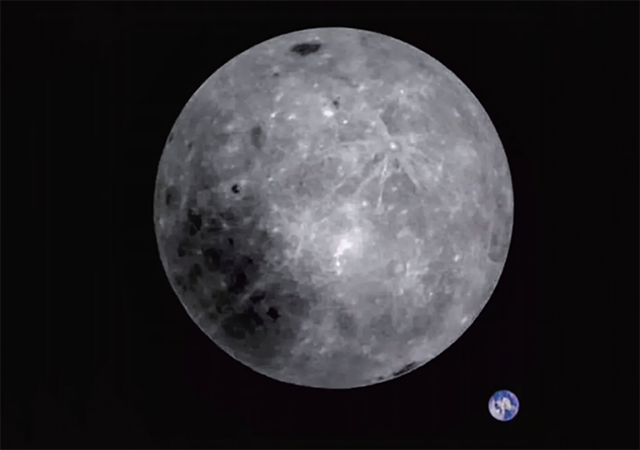This interdisciplinary group at HIT focuses on “mechanical engineering”, including “instrument science and technology” and “power engineering and engineering thermophysics.” It contributes to major national projects, including manned space flight, deep-space exploration, inertial-confinement fusion, aeroengines, and gas turbines.
In 1985, CAE member Hegao Cai and his team developed Huayu-1, the first industrial robot in China. He also established the State Key Laboratory of Robotics and Systems and carried out research on numerous topics including space robots, micro/ nano robots, and special robots.
In 2013, Hegao Cai's team developed the first space robot in China, and the technical achievements were successfully applied to the SY-7 satellite, the lunar rover Yutu, and the TG-2 space laboratory. Now, the team is carrying out research on the manipulator system of the experimental cabin of the Chinese Space Station.
In research on planetary rovers, CAE member Zongquan Deng's team constructed a topological database of suspension configurations and novel terramemechanics models for rovers adapting to the terrain with multi- independently driving wheels. The researchers applied this to the design of mobility system's configurations for six-wheeled Yutu/Yutu-2 lunar rovers, and China’s Mars rover, Huoxing-1.
CAE member Jiubin Tan and his team developed a series of ultra-precision instruments to support the improvement of manufacturing quality of high-end equipment, such as highperformance satellite cameras, in China. Other exciting work in this discipline includes a top rating in “Instrumentation Science and Technology,” according to ShanghaiRanking's Global Ranking of Academic Subjects (GRAS), 2017–2019. HIT scientists have also developed tools for machining nanoprecision optical surfaces and microstructures that can be used in laser systems involved in research on inertial- confinement fusion. A transonic experimental platform for turbine and compressor cascades and a compressor stage test-bed are built in the Research Center of Aeroengine Aerodynamics.

HIT students designed a camera for the DSLWP-B/ Longjiang-2 satellite that enabled the first high-resolution picture of the far side of the moon.


